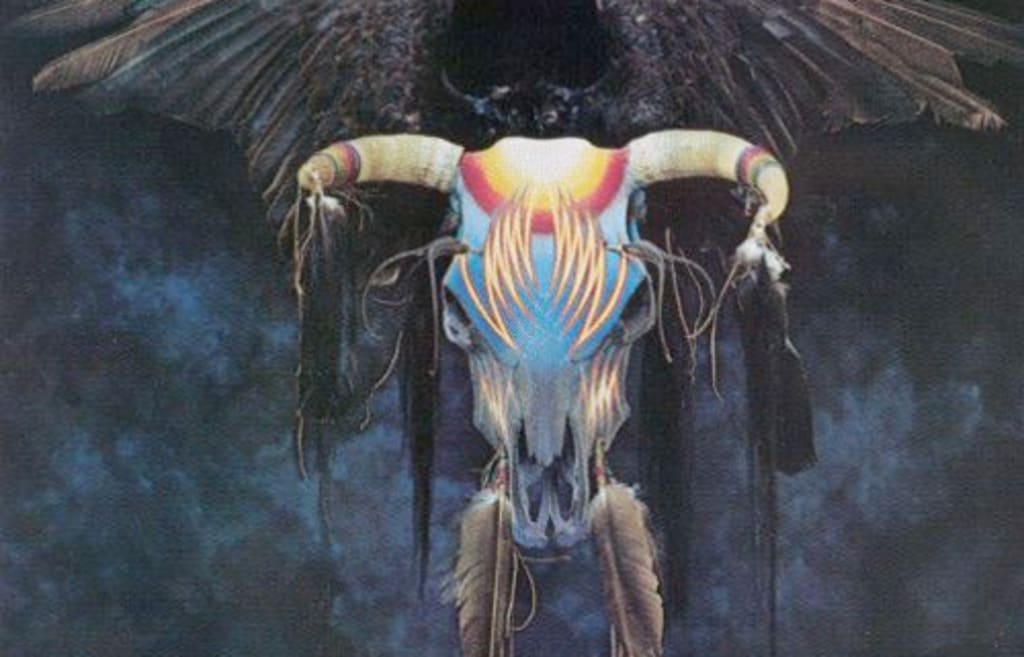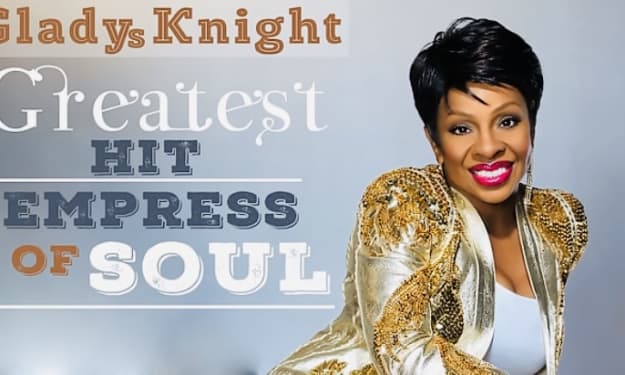'One Of These Nights'
The Eagles Breakthrough To The Top

With the success of On The Border, Eagles, in particular Glenn Frey and Don Henley, felt vindicated in their desire to go in a tougher, more rock-oriented direction. The pair bought a house in Beverly Hills with a panoramic view of the city of Los Angeles, where they wrote the majority of the songs that would make up the One Of These Nights album. Bill Scymczyk, after doing most of the work on On the Border, returned to produce his first full Eagles album, recorded in late 1974 into early 1975, at both the Record Plant in Los Angeles and Criteria Studios in Miami.
The album opens with it's title track, an R&B-flavored tune, that firmly established Don Henley as a premier lead vocalist, with all of his vocal contributions to the album really shining. Nowhere more than here, however, and with the high harmonies provided mostly by Randy Meisner, the song proved to be the rock/R&B hybrid that Henley and Frey had been working toward. Released as a single on May 19, 1975, three weeks before the album release (though in a somewhat shorter edit than the album version), it became their second chart-topping hit, and their first Top 40 hit that was not a ballad (save for their, harmony-driven, loping debut hit "Take It Easy.")
The second track "Too Many Hands," an ecological anthem written by Randy Meisner with Don Felder is a hard -rocking guitar based song with Meisner on lead vocals (combined with his prominent role on the title track, the album feels like a Meisner breakthrough at this point), with a powerful drum beat from Henley that drives the song forward. While not an Eagles classic it lets the listener know that this album will be a lot different from its predecessors.
"Hollywood Waltz" is a fine and quite underrated track, written by Henley and Frey with Bernie Leadon and his brother Tom (who was a charter and future member of Tom Petty's band Mudcrutch). Henley provides another class vocal to this tale of lost love in Southern California, sweetened by Leadon's mandolin and a cymbal crash explosion by Henley at song's end.
"Journey Of The Sorcerer" is an instrumental track and Bernie Leadon's signature contribution to the album; it later on found fame as the theme music for a BBC radio dramatization of Hitchhikers Guide To The Galaxy. It is heavily driven by Leadon's banjo and a string section given the name The Royal Martian Orchestra. The track was described by Rolling Stone magazine as "bluegrass psychedelia," and is also notable for fiddles from David Bromberg, recording artist and sometime backing musician for Bob Dylan. Reportedly, Henley and Frey were not comfortable with the idea of putting the track on the album, contributing to the already fractious relationship between them and Leadon. Leadon was not on board with the idea of a harder-rocking Eagles, and this dispute would eventually lead to his quitting the band.
"Lyin' Eyes" sung by Frey, and written by Frey and Henley, was based on the experience of seeing young women with older rich men dining at the famous Los Angeles Italian restaurant Don Tana's. According to Henley, Frey wrote the majority of the song; Frey has stated it was written over two nights. The single version of the six-minute song was pared down to four for radio play and it worked magnificently, the song reached No. 2 on the Billboard charts, and was their only country top 10--and only top 40 country hit for 30 years, until the single "How Long" (a J.D. Souther tune that the group performed frequently on the One of These Nights tour but did not put on an album until 2007).
The beginnings of "Take It To The Limit" were brought to Henley and Frey by Randy Meisner. They filled in the cracks and the result was an amazing vehicle for Meisner's skills as vocalist. Like "Hollywood Waltz" the song features a waltz-like time signature, but unlike that song this one was hardly underrated. The third single from the album (and the third to be edited from the album version), it was released in November, becoming Billboard's No. 25 song of the year in 1976 and the most successful Eagles song to date in the UK. Cover versions of the song included a Top 10 country version by Willie Nelson and Waylon Jennings. Despite its popularity, however, Meisner's insecurity about performing the song's falsetto vocals live was one of the factors leading to his departure in 1978.
"Visions" was a cowrite by Henley and Don Felder, and the only Eagles song with Don Felder on lead vocals. Felder's desire to be a lead vocalist would become a point of contention between Felder and Henley/Frey, but more on that next time. The song is another rocker with blistering guitar solos from Felder. The vocal performance does undermine a lot of the song's merits.
On "After The Thrill Is Gone," the lead vocals are shared between Henley and Frey. It was conceived as a companion piece to BB King's " The Thrill Is Gone," but works very well in cementing the album as a minor classic. Not released as a single, the song nevertheless received significant airplay. When the monster hit compilation Their Greatest Hits 1971-1975 was released in February 1976, the three One of These Nights singles were included but this song was not. However, when the follow-up Greatest Hits, Volume 2 was released after the band's breakup in 1980, "After the Thrill Is Gone" was the only song from the first four albums to be included.
Perhaps fittingly, "I Wish You Peace" is Bernie Leadon's final contribution to an Eagles album. Written with girlfriend Patty Davis, the liberal daughter of then-California governor Ronald Reagan. Once again, Leadon was swimming in the opposite direction from the band, plus Henley and Frey were a little worried about the political ramifications of the Davis credit, though the song was anything but political. Feeling left out of the band's creative direction with the ascendancy of Henley and Frey as songwriters, Leadon decided to leave the band following the One Of These Nights tour.
To say the album was a massive success would be an understatement. It became the Eagles first number one album on the Billboard charts, with all the singles from the album making the top 10 in the singles charts. The album sold four million copies and was nominated for a Grammy for album of the year (losing to Paul Simon's Still Crazy After All These Years at a time where every Grammy was going to either Simon or Stevie Wonder; Eagles did win a Grammy for "Best Pop Performance by a Duo Group or Group With Vocal" for "Lyin' Eyes").
The Eagles were now international superstars, a status about to be cemented by a compilation that was the best selling album of the century. But for the first time the band had lost a member, and were determined to prove that One Of These Nights was no fluke.
About the Creator
Sean Callaghan
Neurodivergent, Writer, Drummer, Singer, Percussionist, Star Wars and Disney Devotee.






Comments
There are no comments for this story
Be the first to respond and start the conversation.